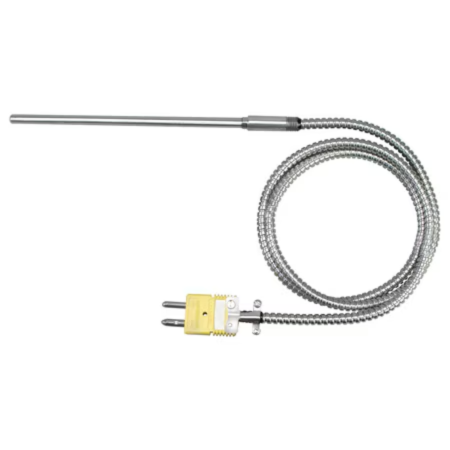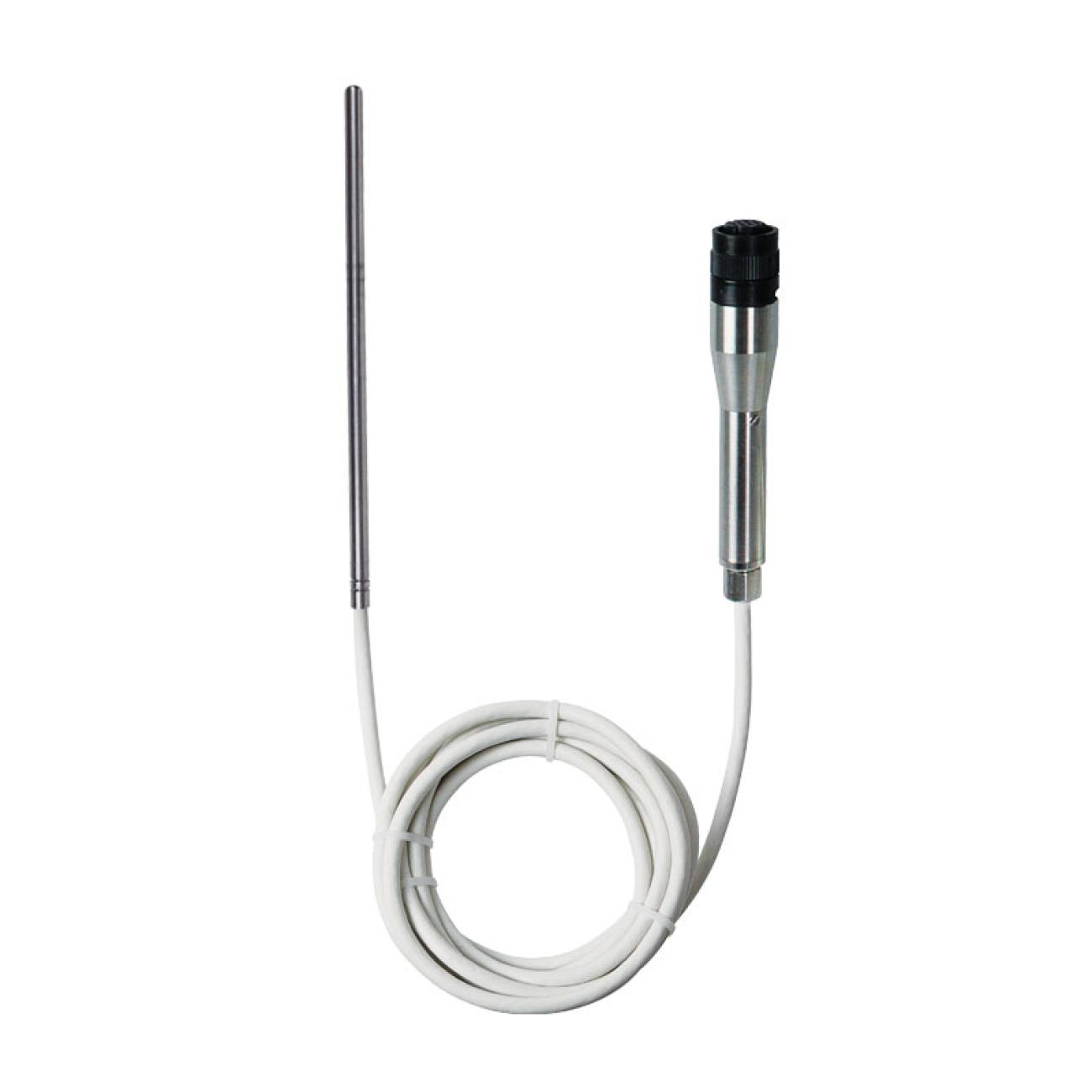Categories
- Thermocouples, Temperature Probes(4)
- 1
Definition and Main Function of Thermocouples and temperature probes
Thermocouples and temperature probes are sensors utilized for measuring temperature across various industries, including industrial, medical, aerospace, and household appliances. They are widely employed to ensure precise temperature control of equipment and processes in these sectors.
Thermocouples
Feature: Thermocouples are composed of two wire legs made of dissimilar metals, which are welded together at one end to form a junction. This junction serves as the point where temperature is measured.
Working principle: When the temperature at the junction changes, it generates a voltage. This voltage can be correlated to a specific temperature by using thermocouple reference tables.
Application: Thermocouples have a wide range of applications, including temperature measurement in kilns, gas turbine exhausts, diesel engines, and various industrial processes. Additionally, they are used in homes, offices, and businesses as temperature sensors in thermostats and as flame sensors in safety devices for gas-powered appliances.

Thermocouple
Temperature probes
Feature: Temperature probes feature sensor junctions that are in direct contact with a casing made of metal or plastic. This casing comes into contact with the system or medium being measured, and the sensors housed within the casing typically measure either a voltage difference or resistance to determine temperature.
Working principle: Temperature probes work by monitoring the change in resistance of the given area: solid, liquid or gas and converting it into a usable format for the operator.
Types: Temperature probes generally include thermocouples, resistance temperature detectors (RTDs), and thermistors that come into direct contact with the object being measured to provide precise temperature readings.

Temperature probes
Frequently Asked Questions
Why use temperature probes instead of thermometers?
Accuracy: Temperature probes generally offer greater precision than traditional thermometers, as they measure temperature directly.
Speed: Temperature probes are capable of providing temperature readings much faster than traditional thermometers, enabling real-time monitoring and control.
What are the disadvantages of thermocouples?
One major drawback is their relatively weak output signal, which may necessitate the use of additional equipment to amplify it before it can be interpreted by a controller. Additionally, they are susceptible to electrical noise, which can be prevalent in certain manufacturing environments.













